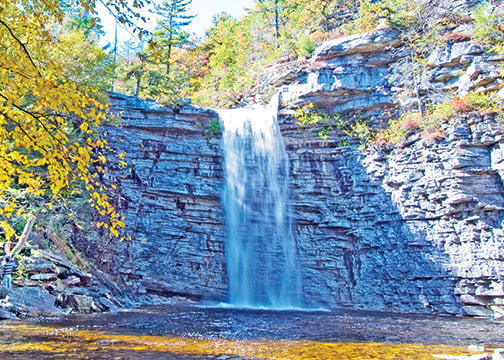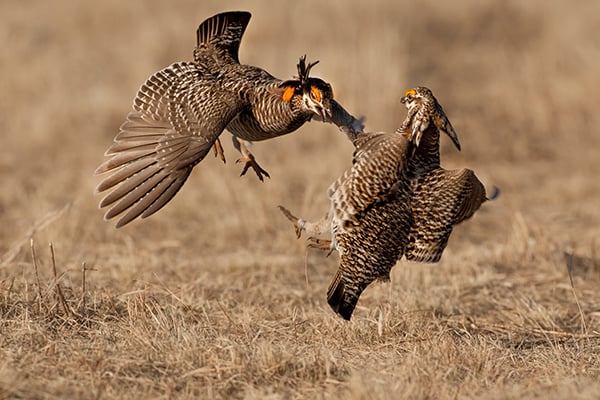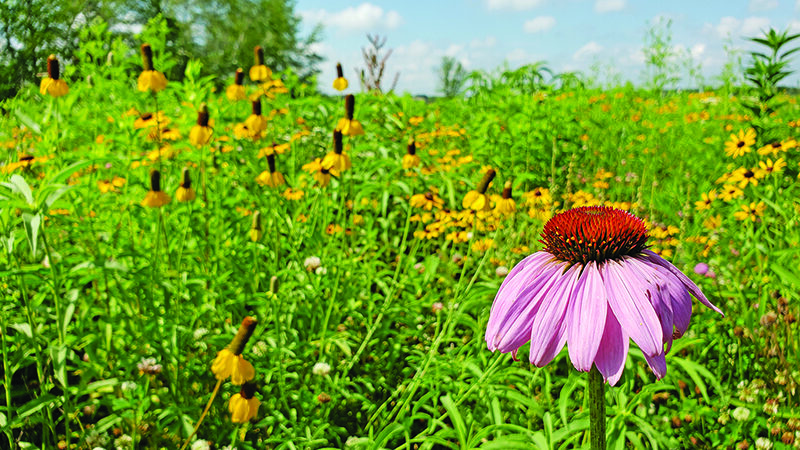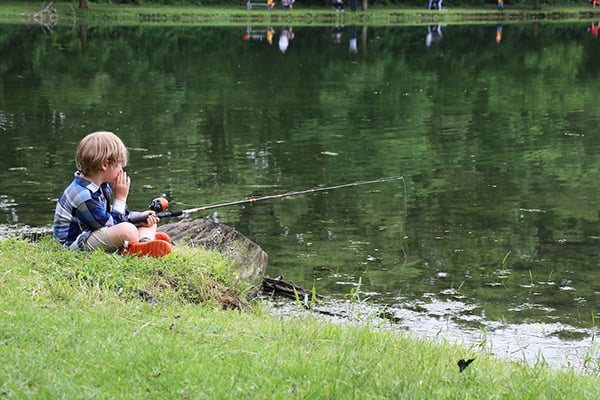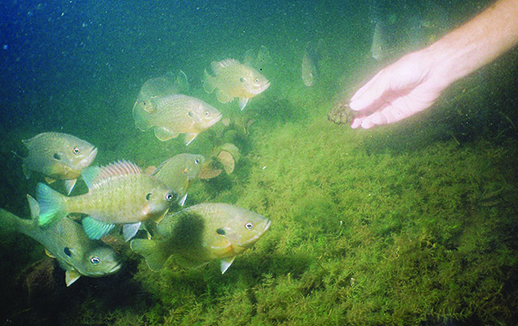New ammo makes the 28 gauge shotgun more than a grouse, quail and dove gun – Outdoor News
Last year, I turkey hunted with a 28 gauge. I shot a bunch of doves, a pheasant or two, a few ducks, and a pair of Canada geese with 28s as well.
The 28 is having a moment right now, and its popularity is only going to grow as more of the new 3-inch, 28-gauge guns become available, and as more loads are introduced for it.
For years, the 28 was a niche gun with a cult following. Grouse, woodcock, quail, and dove hunters sometimes chose 28s. So did skeet shooters who had to use 28s to compete in all four registered skeet events.
The 28 had a reputation among its fans as a ballistic outlier, a gun that performed far better than it should. While that remains up for debate, there is no question the 28 is effective, enjoyable to shoot, soft-kicking, and, when built on a scaled-down 28-gauge frame, easy to carry in the field.
While I still believe the 28 is best for small upland birds and doves, more and more hunters think otherwise after taking 28s into the turkey woods and into duck blinds, and they’re not wrong. New ammo deserves the credit.
Here are some suggestions for upland, turkey, and waterfowl hunting with a 28 gauge.
Upland hunting
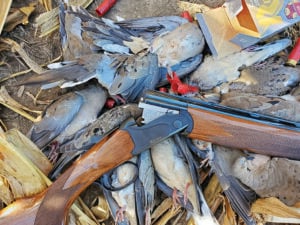
The traditional 28-gauge payload was a ¾-ounce of lead shot. It is perfect for quail, doves, and woodcock.
It works on grouse, too, and even on pheasants in a pinch with good-quality 7 1⁄2 shot.
There have been 2 ¾-inch 7⁄8- and even 1-ounce lead loads around for a while that bring the 28 up to near 20-gauge capability and have enough hull capacity to hold meaningful loads of 5 or 6 shot.
New for this year:
Winchester’s 3-inch, 1-ounce Super Pheasant load of hard, copper-plated 5 shot, which has always been my favorite lead size for pheasants.
Boss “War Chief” bismuth loads pattern well due to their organic buffer material, and they come in sizes ranging from a 3/5 blend to 7 shot for any upland situation. Fiocchi’s excellent Golden Pheasant line now includes both 2 ¾- and 3-inch 28-gauge lead loads.
MORE COVERAGE FROM OUTDOOR NEWS:
Snow geese making their way across North Dakota
Light Goose Conservation Order: How did this opportunity for hunters come to be, and is it working?
Small parcels can yield big results for gobblers
There aren’t a lot of good upland choices for the 2 ¾-inch 28 aside from Kent’s 7⁄8-ounce bismuth shells of 6 shot, which would be fine for close to medium shots at pheasants. As far as steel goes, a standard 28 holds just 5⁄8-ounce of shot, which rules it out as a vehicle for larger sizes because it just can’t hold many big pellets.
I am, however, continually surprised by how effective the steel 6 and 7 loads I prefer in my 28 work for me on mourning doves. I can’t tell much difference between steel and standard lead at the closer ranges (mixed with the occasional long poke) where I shoot my doves.
Turkey hunting
Long before Tungsten Super Shot loads were commercially available, a few turkey hunters were taking advantage of the high density of TSS to handload small shot into 28 gauges.
Now that TSS has gone mainstream, you can buy TSS turkey loads off the shelf.
While first commercially popular as a .410 turkey load, TSS shines in the 28. Even a 2 ¾-inch shell holds 1½ ounces of small, dense TSS, so that a 28-gauge load of 9 shot contains 545 pellets with the same penetration energy as lead 5s. I hunted with these shells in Texas.
They patterned beautifully at 40 yards, and while I didn’t tag a bird with the shells, other hunters in camp did with no trouble at all. They are no gimmick. You just have to be willing to pay for them.
Other ammo makers offer similar loads. Boss’ Boss Tom loads contain 1 ¼ ounces of 7 or 9 shot, which, while not 1 ½ ounces, is still plenty of pellets.
Waterfowl
Before the 3-inch 28 gauge was introduced last year, a 28 wasn’t a good choice for waterfowl, except possibly for teal and close-range shooting.
Benelli’s introduction of a 3-inch, 28-gauge Super Black Eagle 3, and new nontoxic loads from several ammo makers, turned the 28 into a legitimate waterfowl gun.
There are several new steel, bismuth, and tungsten-iron waterfowl loads for the 28. The aforementioned Boss War Chiefs are joined by Winchester’s new 3-inch, 1-ounce load of buffered bismuth 5 shot, increasing the 3-inch bismuth offerings on the market.
My favorite new 28-gauge magnum nontoxic has to be HeviShot’s Hevi-XII loads containing just over 100 pellets of 4 shot. It patterns tightly, and HeviShot 4s in a 12 have long been a mixed-bag duck and goose favorite of mine.
You’re still limited to inside 40 yards due to the lower pellet count, but at reasonable ranges I’d shoot it at big Canadas.
That load, to my mind, is the one that completes the 28 gauge’s transformation from a gun for skeet and small birds to a gun that’s able to cleanly take any bird.

